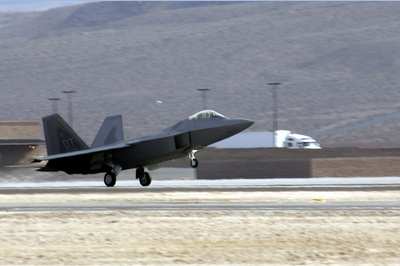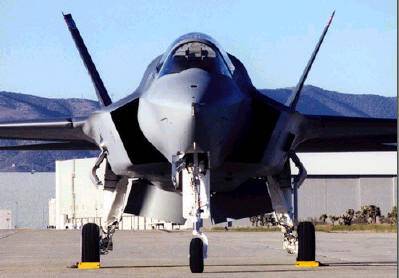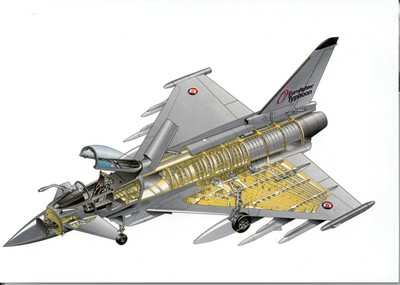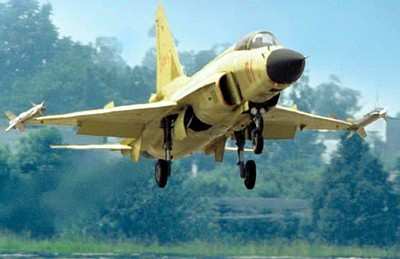US Cuts Could Be Felt Worldwide, Says Study
Proposed cutbacks in the US Air Force's prized F/A-22 fighter
program could have a major impact on both the scope and composition
of the world market for fighter/attack/jet trainer aircraft over
the next 10 years, according to a new Forecast International market
analysis. USAF's planned inventory objective, already peeled back
from 700+ to 277 units, will be further cut to 179 aircraft if the
reductions stand. The service is expected to put up a spirited
defense of its favorite program, and it may be that a compromise
figure will be agreed upon.

"Two-hundred to 220 F/A-22s (above) may be a realistic target,
but in light of the administration's determination to implement
major budget cuts, we are basing our forecasts on 179 aircraft,"
said Aviation analyst Bill Dane.
The F-35 Joint Strike Fighter may also be impacted by future
defense cuts, although Dane believes it is too early for a credible
forecast of any such reductions. Only two years ago the US
Navy/Marine Corps reduced its planned F-35 buys from 1,089 to 680,
but about a dozen other nations are participating in this program's
development and a fair number are likely to order the F-35 (below).
"Assuming the program moves ahead fairly smoothly, any additional
cutbacks may undermine both its credibility and the US government's
perceived commitment to it," Dane added.

Forecast International is projecting deliveries of 4,020 new
combat aircraft and advanced jet trainers during the 2005-2014
period, a market estimated at nearly $158 billion. Rising
international demand will result in production increases over the
10-year timeframe.
In Europe, both the multinational Eurofighter Typhoon (below)
and the Dassault Rafale programs registered recent progress as
long-delayed follow-on orders were finally placed for both
types. However, these projects are also expected to be
influenced by budget-trimming measures, while their long-term
prospects are being hindered by their lack of success in generating
volume export orders. Austria has come in for 18 Typhoons and
Saudi Arabia has reportedly been mulling a BAE proposal for a
50-aircraft purchase. Realistically, a Greek commitment to
60-90 Typhoons has effectively lapsed.

Brazil has postponed its major (up to 120 units) fighter
competition, but India is shopping for as many as 126 new fighters
and Singapore plans to select a finalist to fill its 20-aircraft
requirement later this year. The winner of this contest could
become the front-runner to meet Singapore's long-range need for up
to 100 new combat aircraft.
China's several thousand Soviet-era aircraft are in urgent need
of replacement. Chengdu is co-developing the FC-1 single-seat
multirole fighter (below) with the Pakistan Aeronautical
Complex. China has thus far committed to a mere eight
aircraft, while Pakistan is expected to purchase about 150
units. Chengdu is also working on a more sophisticated J-10
model, and this is the heir-apparent to about 400 older J-7
fighters. Low level J-10 production is reported to be under
way.

Hindustan's Light Combat Aircraft may be on firmer ground now
that a pair of prototypes has flown, but the program remains
significantly behind schedule. India has finally settled on a
new advanced jet trainer, the BAE Hawk, and is now considering an
indigenous Medium Combat Aircraft program.
Assuming it meets its performance and cost targets, the F-35
will be the one to beat on the international market during the next
decade and beyond. Eurofighter, Dassault, BAE/Saab and Sukhoi
will clearly have their work cut out for them in the battle for new
orders.
The Eurofighter consortium is projected to lead the market in
terms of sales revenues, to be trailed, respectively, by Lockheed
Martin, Boeing, the Lockheed/Boeing F/A-22 team, Dassault Aviation,
and Russia's Sukhoi.
 ANN's Daily Aero-Term (05.01.24): Say Altitude
ANN's Daily Aero-Term (05.01.24): Say Altitude ANN's Daily Aero-Linx (05.01.24)
ANN's Daily Aero-Linx (05.01.24) Classic Aero-TV: Korean War Hero Twice Reborn
Classic Aero-TV: Korean War Hero Twice Reborn Airborne 04.29.24: EAA B-25 Rides, Textron 2024, G700 Deliveries
Airborne 04.29.24: EAA B-25 Rides, Textron 2024, G700 Deliveries Airborne Affordable Flyers 05.02.24: Bobby Bailey, SPRG Report Cards, Skydive!
Airborne Affordable Flyers 05.02.24: Bobby Bailey, SPRG Report Cards, Skydive!






